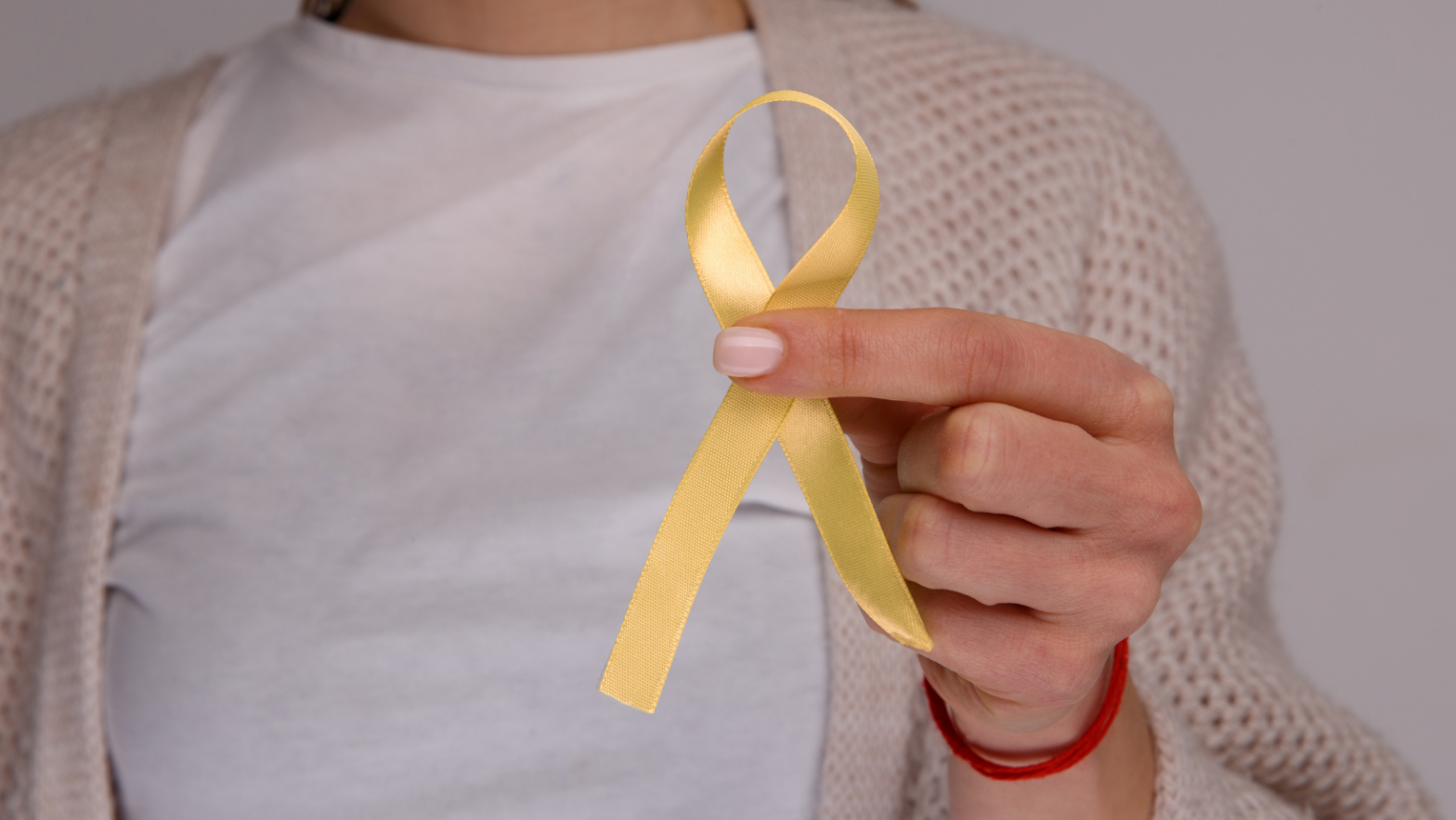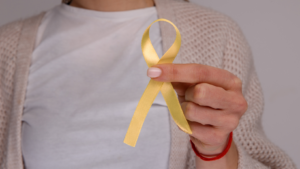
Endometriosis is a chronic condition that affects people with a uterus of reproductive age. It occurs when the tissue lining of the uterus, known as the endometrium, grows outside the uterus in areas such as the ovaries, fallopian tubes, or pelvic cavity. This misplaced tissue responds to hormonal changes in the same way as the uterine lining, leading to inflammation, scarring, and pain.
Endometriosis is more prevalent than many people realize, affecting approximately 1 in 10 people worldwide. However, despite its prevalence, there is a lack of awareness and understanding surrounding this condition. This leads to a range of challenges for individuals living with endometriosis, including delays in diagnosis, insufficient treatment options, and a lack of support and empathy.
Addressing and debunking common misconceptions and myths surrounding endometriosis is crucial. It’s important to provide accurate information and dispel these myths to ensure individuals with endometriosis receive the necessary care, support, and understanding they deserve. By doing so, we can contribute to a society that is better informed about this condition and lessen the physical, emotional, and social burdens faced by those living with endometriosis. Below, we will explore five common myths…

Myth 1: “Endometriosis is Just Bad Period Cramps”
Unfortunately, a common misconception about endometriosis is that it’s just like any other painful period. This is far from true, and it can lead to significant delays in diagnosis and inadequate treatment.
While some degree of menstrual cramping is normal, endometriosis pain is notably different. Pain from endometriosis can be much more intense and severe than typical menstrual cramps. It may feel like a sharp or stabbing pain that radiates from the pelvic region to other parts of the body, such as the lower back, thighs, or bowels. Endometriosis pain can also last beyond the menstrual period and occur at any point in the menstrual cycle.
To put it into perspective, some people living with endometriosis describe their pain as being so excruciating that it affects their ability to work, go to school, or perform daily activities. It can also cause nausea, vomiting, and fatigue, impacting overall quality of life.
We are excited to share that Endometriosis Events will be at the 2024 Canadian Fertility Show. Endometriosis Events is a registered charity for individuals living with endometriosis. Learn more here.

Myth 2: “Endometriosis Only Affects Older People”
Endometriosis can begin as early as adolescence, with symptoms usually appearing after the onset of menstruation. Research shows that approximately 66% of people with endometriosis experience symptoms before the age of 20. Additionally, studies have found that up to 70% of adolescents with chronic pelvic pain have endometriosis.
Delayed diagnosis in young people can lead to prolonged suffering and potential complications if left untreated. Healthcare professionals, parents, and educators should be aware of the possibility of endometriosis in younger individuals, so they can seek timely medical intervention.
Myth 3: “Pregnancy is a Cure for Endometriosis”
Another common myth is that pregnancy can cure endometriosis. While pregnancy can offer temporary relief from endometriosis symptoms, it is important to understand that it does not provide a permanent cure.
During pregnancy, hormonal changes cause the endometrial tissue to grow less, leading to a reduction in endometriosis-related pain and inflammation. However, the relief provided by pregnancy is temporary and typically lasts only as long as breastfeeding, as breastfeeding also reduces the amount of estrogen in the body. Once the hormones return to pre-pregnancy levels, the symptoms of endometriosis may return for some individuals.
It’s also worth noting that pregnancy is not a viable option for everyone and should not be viewed as a primary means of managing endometriosis symptoms. Furthermore, pregnancy does not address the root cause of endometriosis, which is the growth of endometrial tissue in abnormal locations. Therefore, it’s important to seek professional medical care and explore other management options beyond pregnancy, such as medication, surgery, and hormone therapy.

Myth 4: “Hysterectomy is the Ultimate Solution for Endometriosis”
While the uterus may be the primary site of endometrial tissue growth, endometriosis can extend beyond the uterus into other areas of the pelvis and abdomen. Therefore, removing the uterus alone does not address the underlying endometrial tissue present outside the uterus.
Moreover, endometrial tissue can produce estrogen, and even if the uterus is removed, this tissue can continue to grow and cause symptoms. In some cases, a hysterectomy may even exacerbate the symptoms, as it does not eliminate the endometrial tissue that causes the condition.
Alternative treatment options for endometriosis include medication to manage pain and hormonal imbalances, lifestyle modifications such as diet changes and exercise, and excision surgery. Excision surgery involves the removal of the endometriosis lesions and can offer long-term relief for some individuals.
It is crucial to recognize that hysterectomy should only be considered as a last resort and after a thorough discussion with a healthcare professional. Every individual’s situation is unique, and treatment plans should be tailored to their specific needs and symptoms.

Myth 5: “Endometriosis is Only a Physical Condition”
It is crucial to recognize that endometriosis is not solely a physical condition but can profoundly impact a person’s mental health, relationships, and overall quality of life.
Living with chronic pain, fatigue, and other symptoms that accompany endometriosis can lead to feelings of frustration, isolation, and depression. Individuals may experience anxiety about their condition, worry about the impact on their fertility and future reproductive choices, and struggle with the challenges of managing their symptoms daily.
The emotional toll of endometriosis should not be underestimated, and individuals with endometriosis may require support and resources to manage the psychological impact. It is essential to seek help from healthcare professionals who can provide holistic care, including mental health support, alongside the physical treatment of endometriosis.
Additionally, support groups, online communities, and advocacy organizations can offer valuable resources and platforms for individuals to connect with others who understand their experiences. Sharing experiences, frustrations, and coping strategies with a supportive community can provide a sense of validation, encouragement, and empowerment.
It is also important for loved ones and caregivers to recognize the emotional impact of endometriosis and offer support and understanding. Engaging in open and empathetic communication can foster a strong support system and help individuals navigate the emotional challenges of living with endometriosis.

Conclusion
Raising awareness and spreading accurate information about endometriosis is of utmost importance. The prevalence of myths and misconceptions surrounding endometriosis can lead to misunderstandings, delays in diagnosis, and inadequate support for individuals living with the condition.
By dispelling these myths, we can create a more educated and compassionate society that understands the true nature of endometriosis. Accurate information can help individuals recognize the signs and symptoms of endometriosis and seek medical assistance at an earlier stage. Early detection and intervention can significantly improve the outcomes for those affected by this condition.
Moreover, debunking these myths can help individuals with endometriosis feel validated, understood, and supported. When society portrays endometriosis accurately, it helps diminish the stigma associated with invisible chronic illnesses and fosters empathy and inclusion.
Disclaimer: The information provided in this blog is for general knowledge and does not replace professional medical advice. Consult with a healthcare provider for personalized guidance and recommendations specific to your fertility needs and concerns.

